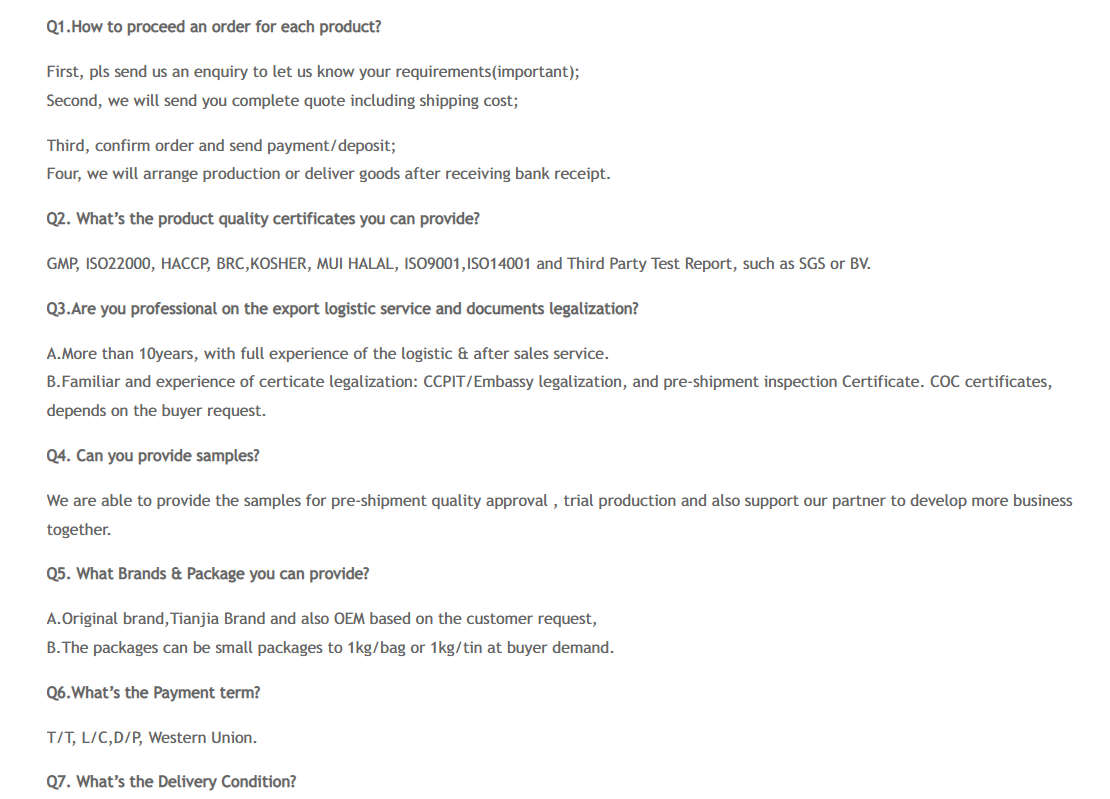What is featured product?
N-METHYL PYRROLIDONE (NMP) CAS:872-50-4
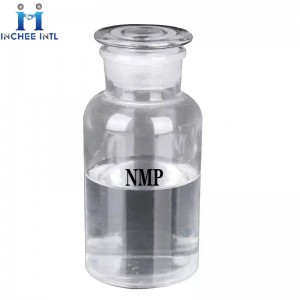

N-Methyl Pyrrolidone is referred to as NMP, molecular formula: C5H9NO, English: 1-Methyl-2-pyrrolidinone, the appearance is colorless to light yellow transparent liquid, slightly ammonia odor, miscible with water in any proportion, soluble in ether, acetone And various organic solvents such as esters, halogenated hydrocarbons, aromatic hydrocarbons, almost completely mixed with all solvents, boiling point 204 ℃, flash point 91 ℃, strong hygroscopicity, stable chemical properties, non-corrosive to carbon steel, aluminum, copper Slightly corrosive. NMP has the advantages of low viscosity, good chemical stability and thermal stability, high polarity, low volatility, and infinite miscibility with water and many organic solvents. NMP is a micro-drug, and the allowable limit concentration in the air is 100PPM.
ANCAMINE K54 CAS:90-72-2
Ancamine K54 (tris-2,4,6-dimethylaminomethyl phenol) is an efficient activator for epoxy resins cured with a wide variety of hardener types including polysulphides, polymercaptans, aliphatic and cycloaliphatic amines, polyamides and amidoamines, dicyandiamide, anhydrides. Applications for Ancamine K54 as a homopolymerisation catalyst for epoxy resin include adhesives, electrical casting and impregnation, and high performance composites.
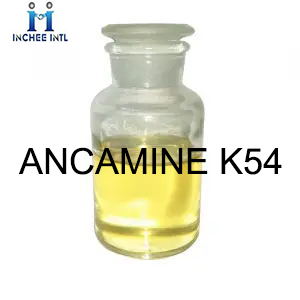
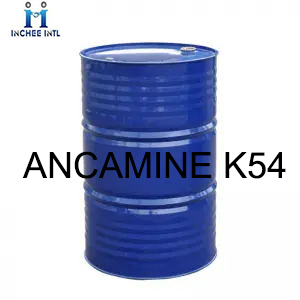
HIGH RANGE WATER REDUCER(SMF)
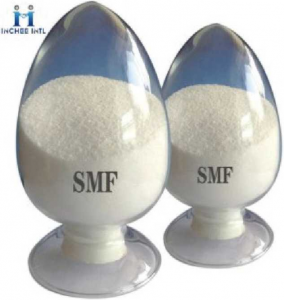
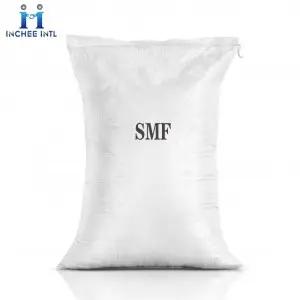
HIGH RANGE WATER REDUCER(SMF) is a water -soluble anion high -polymer electrical medium. SMF has a strong adsorption and decentralized effect on cement. SMF is one of the well -schizes in the existing concrete water reducing agent. The main features are: white, high water reducing rate, non -air induction type, low chloride ion content is not rusted on steel bars, and good adaptability to various cement. After using the water reducing agent, the early intensity and permeability of the concrete increased significantly, the construction properties and water retention were better, and the steam maintenance was adapted.
DN12 CAS:25265-77-4
2,2,4-Trimethyl-1,3-pentanediolmono(2-methylpropanoate) is a volatile organic compound (VOC) being useful in paints and printing inks. As coalescent for latex paints, DN-12 finds applications in various fields including coatings, nail care, Printing inks, Solvents for cosmetics and personal care, plasticizers.DN-12 is also utilized as a coalescing agent to reduce the minimal film forming temperature (MFFT) during latex film preparation.
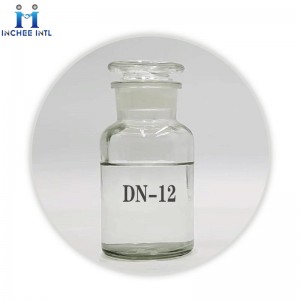
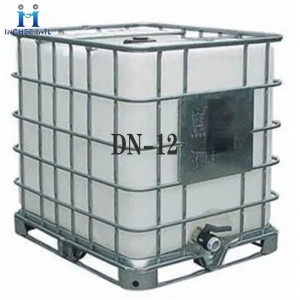
Phosphorous Acid CAS:13598-36-2
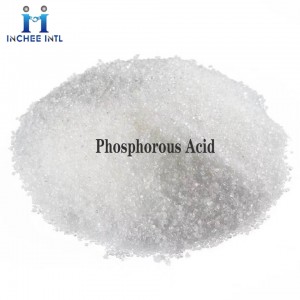
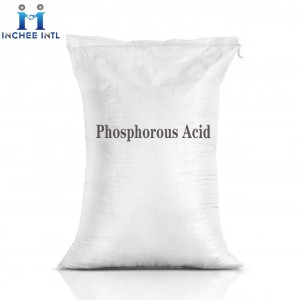
Phosphorous acid is an intermediate in the preparation of other phosphorous compounds. Phosphorous acid is a raw material to prepare phosphonates for water treatment such as iron and manganese control, scale inhibition and removal, corrosion control and chlorine stabilization. The alkali metal salts (phosphites) of phosphorous acid are being widely marketed either as an agricultural fungicide (e.g. Downy Mildew) or as a superior source of plant phosphorous nutrition. Phosphorous acid is used in stabilizing mixtures for plastic materials. Phosphorous acid is used for inhibiting high-temperature of corrosion-prone metal surfaces and to produce lubricants and lubricant additives.
ALPHA METHYL STYRENE (AMS) CAS:98-83-9
2-Phenyl-1-propene, also known as Alpha Methyl Styrene (abbreviated as a-MS or AMS) or phenylisopropene, is a by-product of the production of phenol and acetone by the cumene method, generally a by-product of phenol per ton 0.045t α-MS.Alpha Methyl Styren is a colorless liquid with a pungent odor. The molecule contains a benzene ring and an alkenyl substituent on the benzene ring.Alpha Methyl Styren is prone to polymerization when heated. Alpha Methyl Styren can be used in the production of coatings, plasticizers, and as a solvent in organic.
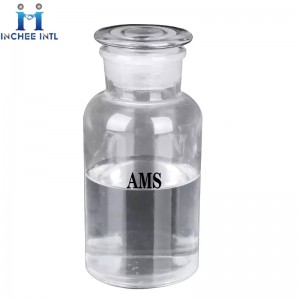
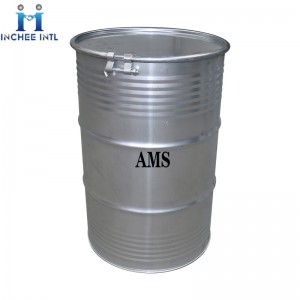
GLYCINE INDUSTRIAL GRADE CAS:56-40-6
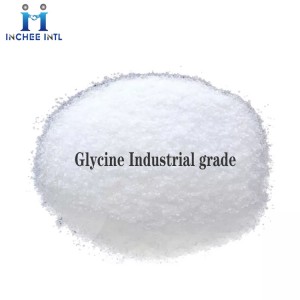

Glycine :amino acid (industrial grade) Molecular formula: C2H5NO2 Molecular weight: 75.07 White monoclinic system or hexagonal crystal, or white crystalline powder. It’s odorless and has a special sweet taste. Relative density 1.1607. Melting point 248 ℃ (decomposition). PK & rsquo;1(COOK) is 2.34,PK & rsquo;2(N + H3) is 9.60. Soluble in water, solubility in water: 67.2g/100ml at 25 ℃; 39.1g/100ml at 50 ℃; 54.4g/100ml at 75 ℃; 67.2g/100ml at 100 ℃. It is extremely difficult to dissolve in ethanol, and about 0.06g is dissolved in 100g of absolute ethanol.
SODIUM DICHLOROISOCYANURATE CAS:2893-78-9
Sodium dichlorocyanocyanurf (DCCNA) is an organic compound. The formula is C3Cl2N3NaO3, at room temperature as white powder crystals or particles, chlorine smell. Sodium dichloroisocyanurate is a commonly used disinfectant with strong oxidizability. It has a strong killing effect on various pathogenic microorganisms such as viruses, bacterial spores, fungi and so on. It is a kind of bactericide with wide application range and high efficiency.
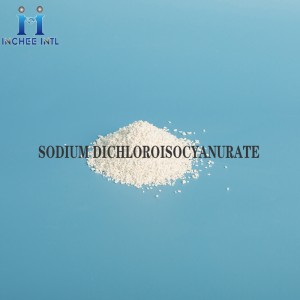
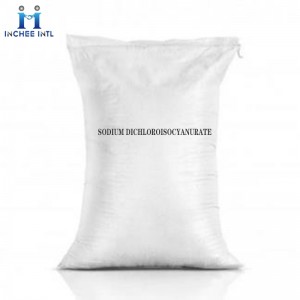
POTASSIUM HYDROXIDE CAS:1310-58-3


Potassium Hydroxide : Potassium hydroxide (chemical formula :KOH, formula quantity :56.11) white powder or flake solid. The melting point is 360~406℃, the boiling point is 1320~1324℃, the relative density is 2.044g/cm, the flash point is 52°F, the refractive index is N20 /D1.421, the vapor pressure is 1mmHg(719℃). Strong alkaline and corrosive. It is easy to absorb moisture in the air and deliquescence, and absorb carbon dioxide into potassium carbonate. Soluble in about 0.6 parts hot water, 0.9 parts cold water, 3 parts ethanol and 2.5 parts glycerol.
CAB-35 COCAMIDO PROPYL BETAINE CAS: 61789-40-0
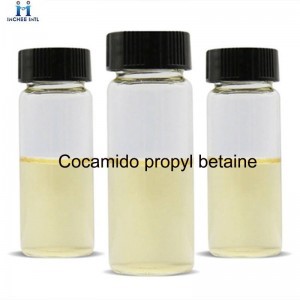
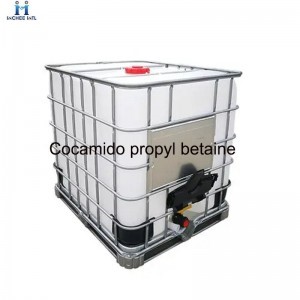
Cocamidopropyl betaine (CAPB) is an amphoteric surfactant. The particular behaviour of amphoterics is related to their zwitterionic character; that means: both anionic and cationic structures are found in one molecule.
Chemical Properties:Cocamidopropyl Betaine (CAB) is an organic compound derived from coconut oil and dimethylaminopropylamine. It is a zwitterion, consisting of both a quaternary ammonium cation and a carboxylate. CAB is available as viscous pale yellow solution that is used as a surfactant in personal care products.
NP9 (Ethoxylated nonylphenol)CAS:37205-87-1
Nonylphenol polyoxyethylene (9) Or NP9 Surface active agent: Nonylphenol polyoxyethylene ether is a nonionic surfactant that condensates nonylphenol with ethylene oxide under the action of catalyst. There are various hydrophilic and oleophilic balance values (HLB value). This product has a wide range of uses in detergent/printing and dyeing/chemical industry. This product has good permeability/emulsification/dispersion/acid resistance/alkali resistance/hard water resistance/reduction resistance/oxidation resistance.
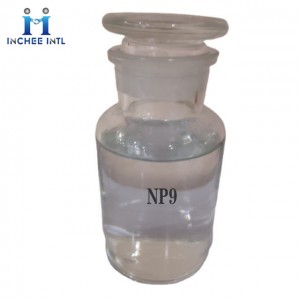
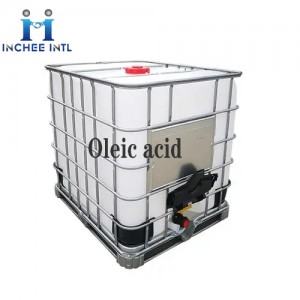
Pine oil CAS:8000-41-7
Pine oil is a product consisting of α-pine oil-based monocylinol and monocylne. Pine oil is light yellow to red -brown oil -shaped fluid, which is slightly soluble in water, and has a special odor. It has strong sterilization capabilities, good moist, cleaning, and permeability, and is easily emulsified by saponification or other surfactants. It has good solubility for oil, fat, and lubricating fat.
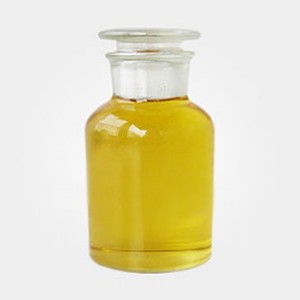
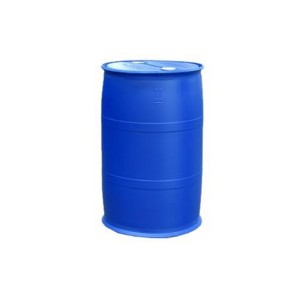
FAQ
